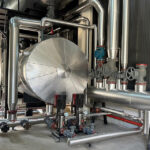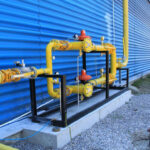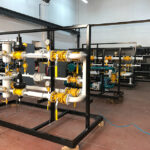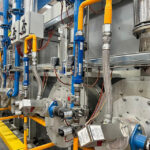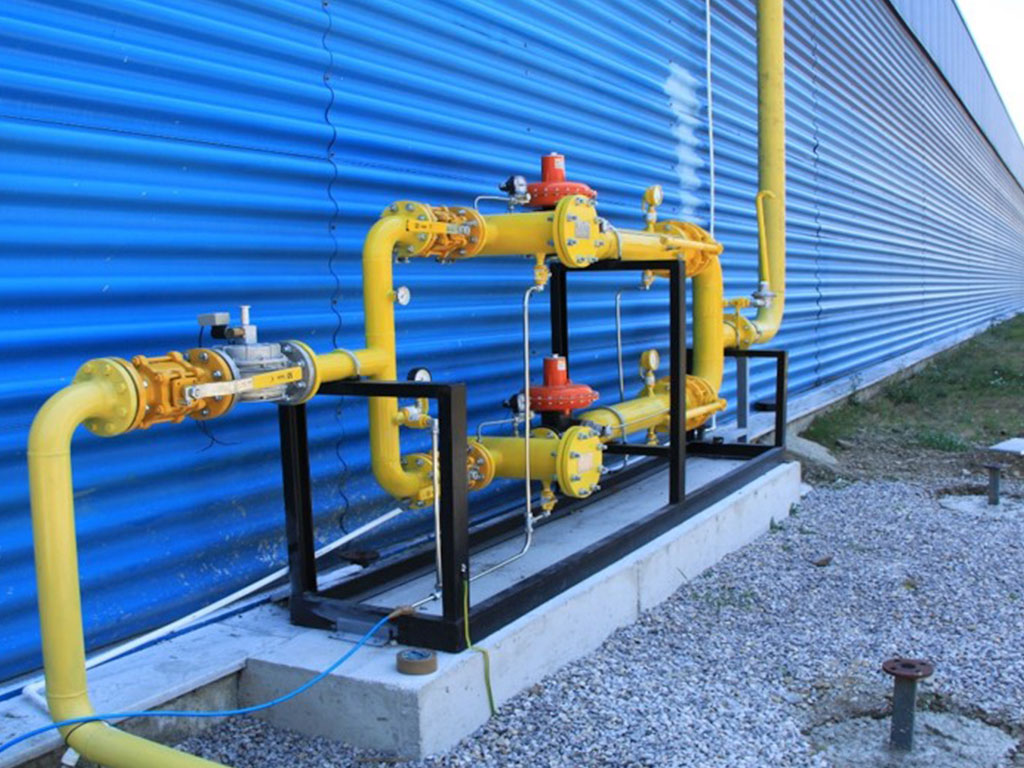
Safety Standards in LNG, LPG, and CNG Systems
LNG, LPG, and CNG systems are critical solutions that meet the alternative fuel needs of the energy sector by offering safe, economical, and sustainable options. However, considering the potential risks of these systems, it is essential to plan and implement safety measures at the highest level. Liquefied Natural Gas (LNG), Liquefied Petroleum Gas (LPG), and Compressed Natural Gas (CNG) systems—due to their high pressure, low temperature, and flammable gas properties—require full compliance with international standards and local regulations during both installation and operation.
One of the most important factors determining the safety of these systems is storage conditions. LNG is kept in liquid form at around -160°C and stored in cryogenic tanks. These tanks are multi-layered, vacuum-insulated, and designed to minimize heat transfer. LPG systems are generally stored in steel cylinders or aboveground/underground tanks. CNG is transported and stored in special composite or steel cylinders under high pressure (200–250 bar). Choosing the right storage solution for each system’s physical and chemical characteristics is of vital importance.
Early leak detection systems are common safety components for all these systems. Gas detection sensors trigger an alarm when gas concentration exceeds set limits, often working in integration with automatic gas shut-off systems. To ensure operational readiness, periodic testing and calibration must be performed without interruption. Detector placement plans should be carefully prepared, particularly in enclosed spaces and areas where gas may accumulate at floor level.
Another essential safety element is pressure regulation and overpressure protection. Regulators used in LNG and CNG systems reduce the gas pressure to a safe level before use. Safety valves serve as relief devices in case of pressure build-up. These valves must comply with TS EN standards and be selected with the appropriate size and flow capacity. Otherwise, back pressure may occur in the system, leading to serious incidents such as pipeline cracking or explosions.
Fire safety in LNG, LPG, and CNG facilities requires specific arrangements. Fire suppression systems in such facilities typically include automatic foam systems, CO₂ extinguishers, or specialized gas-based extinguishing systems. In addition, an adequate number of portable fire extinguishers must be available on-site and inspected regularly. All potential ignition sources in filling areas should be eliminated, and anti-static flooring and spark-proof devices should be used.
Another critical component is trained personnel and procedural operation. Operators must be familiar with the physical properties of the gas and the correct responses to potential leaks or fire scenarios. Therefore, all personnel working with LNG, LPG, and CNG systems must receive periodic training, and emergency scenarios should be reinforced through drills. Operating procedures should be documented, easily accessible, and strictly followed by all staff.
Grounding and lightning protection systems are essential, particularly for aboveground LPG tanks or CNG stations. Grounding systems prevent static electricity buildup and protect the facility against external energy surges such as lightning. These systems should be tested regularly, and if grounding resistance values are outside acceptable limits, corrective action should be taken.
The material quality of pipelines, the integrity of welds, and the suitability of sealing elements are also part of safety standards. For example, copper pipes used in LPG systems must be of appropriate hardness and fire-resistant. In CNG piping systems, welded steel pipes, high-pressure resistant fittings, and specialized valve systems should be used.
Finally, periodic maintenance and inspection processes are mandatory to ensure the safety of all these systems. Hydrostatic testing of tanks, leak testing of pipelines, inspection of regulators and valves, and gas analyses are carried out to verify continuous operability. These procedures must only be performed by authorized service and engineering teams, and inspection forms should be systematically archived.
With all these safety measures in place, the installation and operation of LNG, LPG, and CNG systems is not only a technical process but also one that involves significant responsibility. Every safety measure taken in these systems aims not only to ensure energy security but also to protect human life and the environment. Systems installed and operated in compliance with safety standards form the foundation of a long-lasting, efficient, and trouble-free energy infrastructure. In this context, when necessary, comprehensive project design and inspection processes specific to LNG - LPG - CNG systems and installations should be carried out with professional engineering services.

